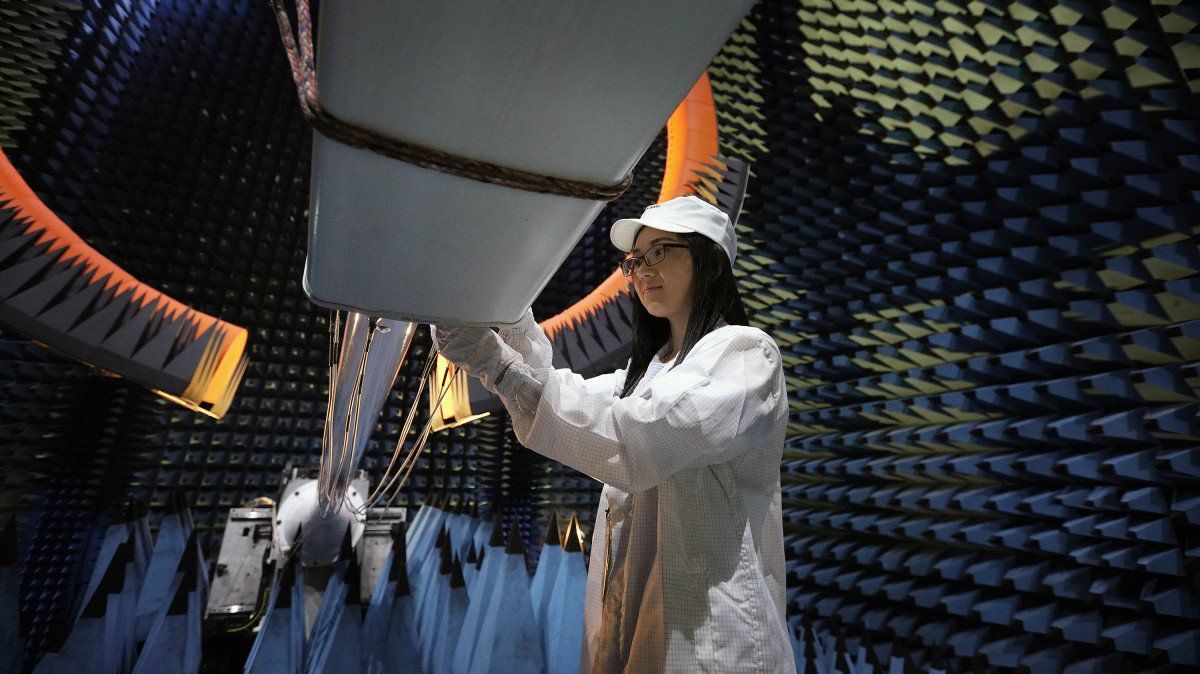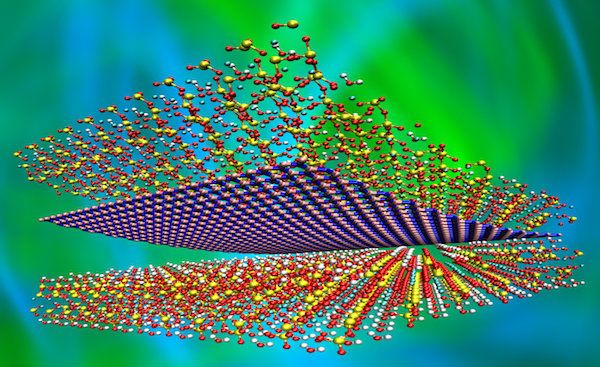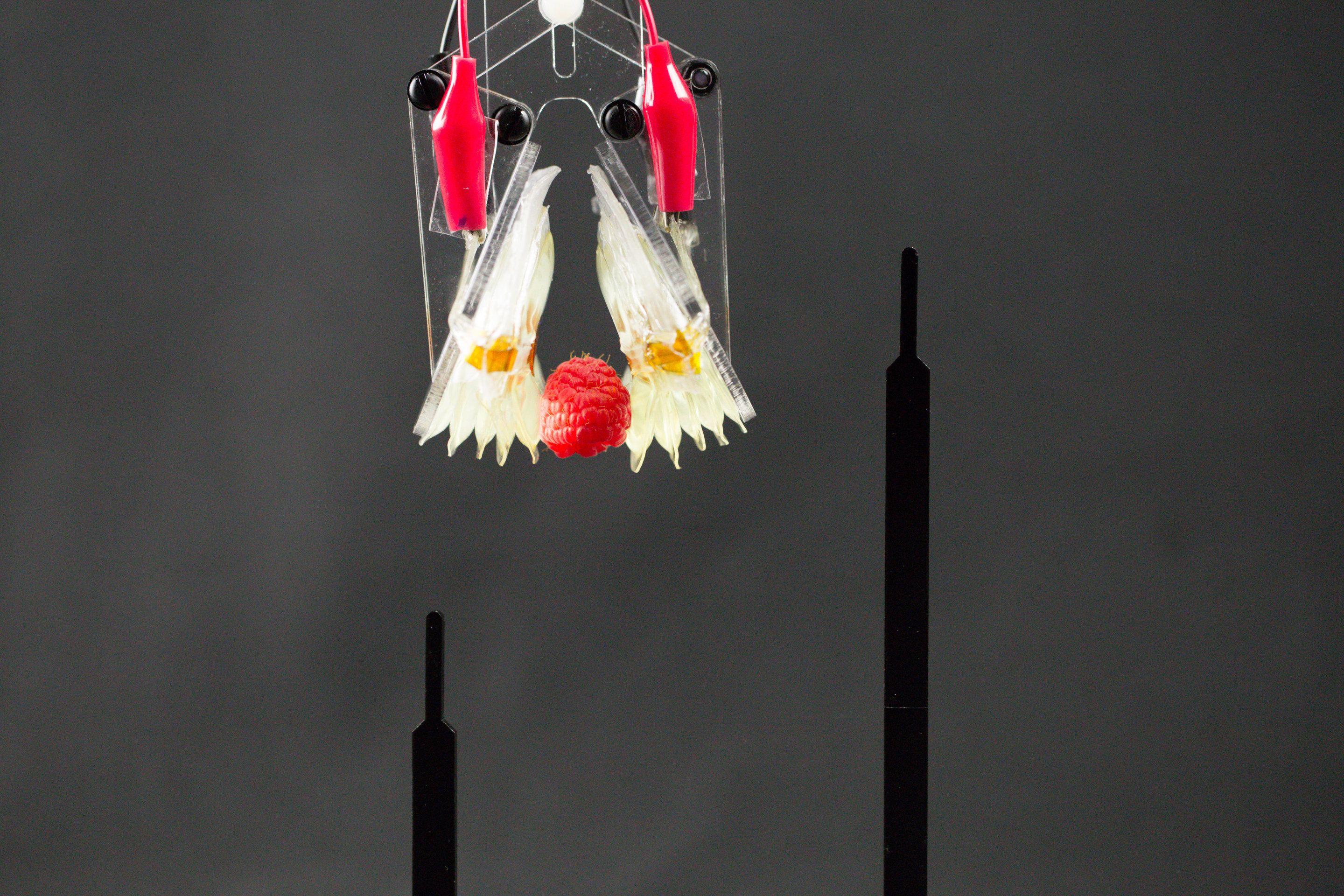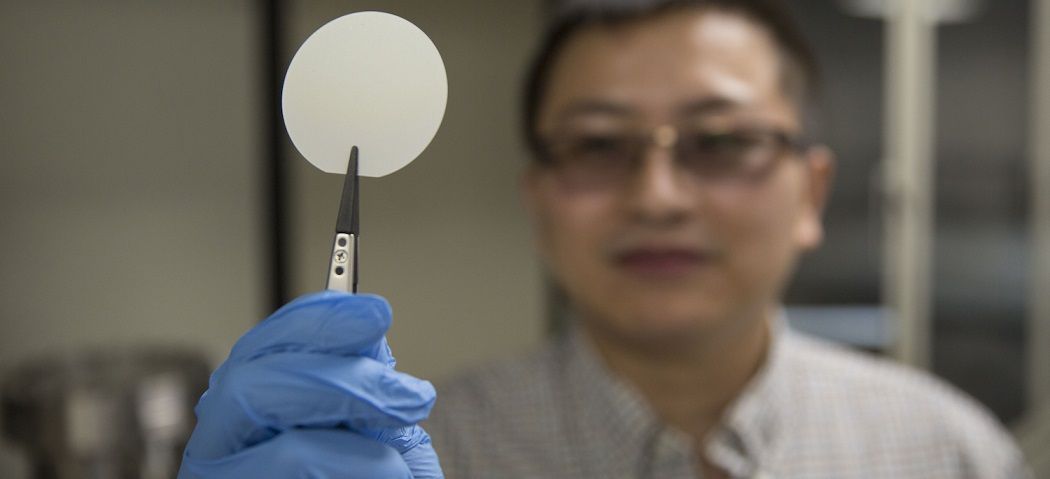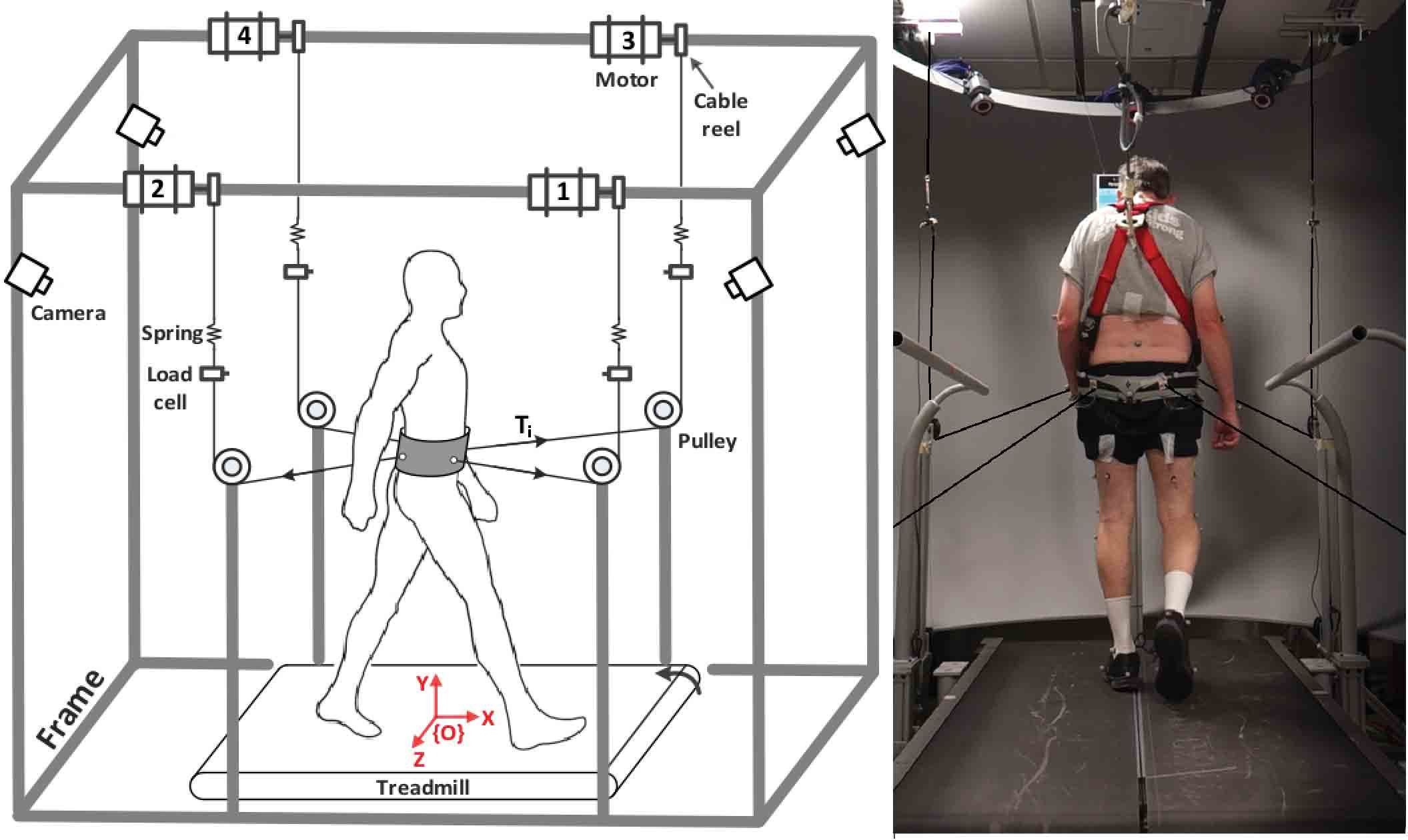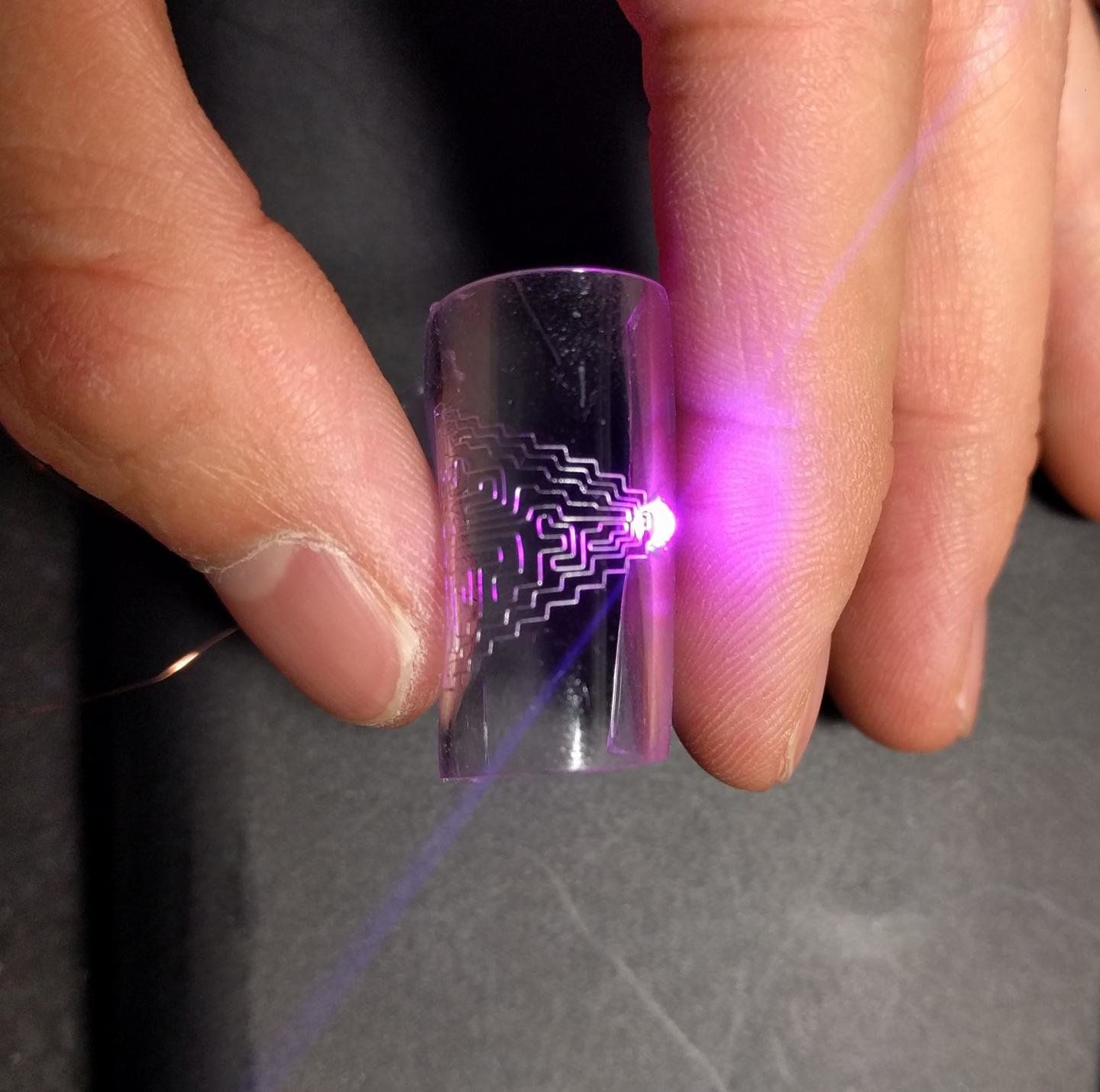A new analysis of global science and engineering competence shows that the United States is struggling to fight off an increasingly competitive China.
The numbers: According to the National Science Foundation, China published over 426,000 research papers in 2016. America pumped out almost 409,000. If you consider the number of citations for those papers, a measure of the influence they have in the scientific community, America does better—it placed third internationally, while China comes in fifth (Sweden and Switzerland took the top spots).
Strengths elsewhere: The report does, however, note that America invests the most in R&D, attracts the most venture capital, and awards the most advanced degrees compared with every other nation in the world.
